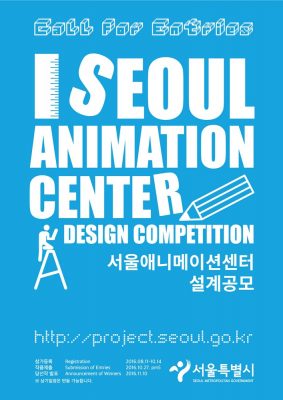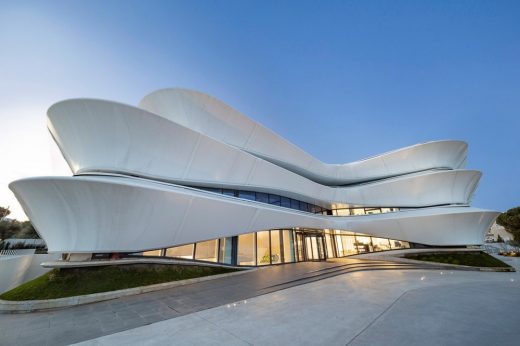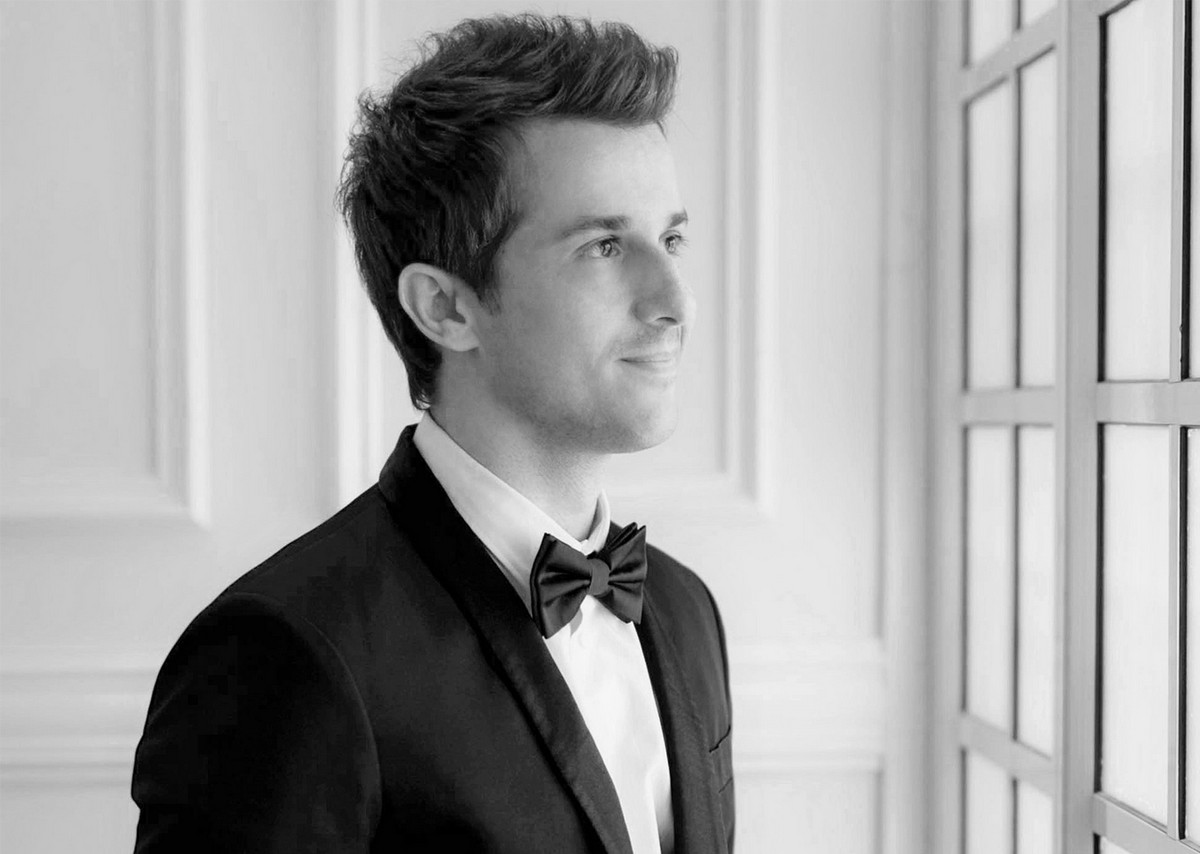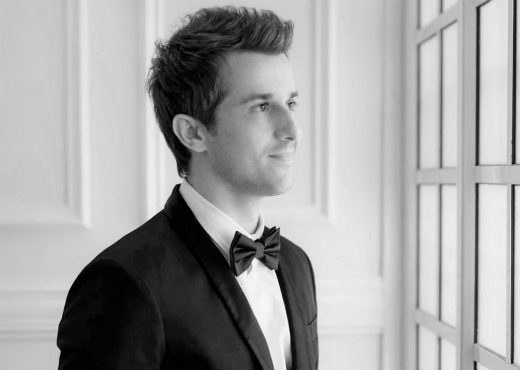Interviewing Animators, Insights from Alex Safavinia, Kasra Design, CGI image style guide
Interviewing Animators – Insights from Alex Safavinia, Kasra Design
18 November 2021
Interviewing Animators – Insights from Alex Safavinia, CEO of Kasra Design
Due to its distinctive take on marketing strategy, animation is widely becoming the new advertising norm across different businesses. Since the idea is to propagate the brand narrative towards a specific audience, the aforementioned medium effectively does it with vivid visuals complemented by other elements that perfectly corroborates it.
The result is a highly intriguing piece that doesn’t let the audience turn their eyes, despite having minimal attention span. And since this attention span is only decreasing due to the bombardment of ultra-convenience with modern gadgets, the demand for animation videos is only surging, at an all-time high in 2021.
Seeing this rising demand, the stakes seem pretty low, and many youngsters strive to be animation artists to secure a future in the visualization industry. However, where it has helped increase the interest in creative world, it has also made it difficult for animation companies to weed out and distinguish between the good ones and average.
So how then do notable animation companies (and architectural visualization teams) hire fresh talents, and what is the process involved in selecting an ideal animator for the job?
To discover the secret, we sat down with Alex Safavinia, CEO of an explainer video company called Kasra Design. Kasra Design is a multiple award-winning enterprise that has worked with many notable brands such as Panasonic, Shell, PepsiCo, Audemars Piguet, Petronas and Tokio Marine. So just in case you are an emerging talent that would love to increase your chances of being hired, this conversation should help you a lot.
Let’s jump straight into it!
How do you look for potential candidates?
We post available job opportunities on popular job sites, our own website and reach out for referrals within our little community. Referred candidates usually yield better results with their experience in the industry. As our company constantly bombarded by new projects, working with such individuals is quite a convenient option. Their expertise mostly complies with our needs and demands.
However, this doesn’t mean we are shy of hunting talented artists on online platforms like Dribbble, Behance, and Linkedin, along with local job sites. We get in touch with some of the amazing talents there and send them offers individually. Sometimes we get lucky and receive a positive response which saves us hassle of combing through applications in job platforms.
What are the common challenges faced when looking for the right candidate?
Many talented artists choose to work as freelancers that significantly reduces the number of suitable applicants for the job.
I mean, it’s not a bad practice to work on your terms; freelancing is definitely a rewarding career for some. But from a corporate perspective, many more organizations like us often struggle to find the right person due to the limited number of good options.
Many of the applicants we receive are pretty inexperienced in the field, and not being careful in our selection puts our reputation and client projects at risk. The working ethic of every employee directly reflects a brand’s name. So being a little cautious is also part of the process.
What are the qualities you seek in a candidate?
There’s a lot that goes into the selection process. The essential qualities we seek include an excellent portfolio including showreels, static artwork and sketchbooks as well as relevant experience in similar working environments. It enables the applicant to adjust perfectly to our working ethic. Work experience is not a hard requirement for us when we are approached by a talented fresh graduate.
But that’s not entirely what we look for.
We value people who believe in teamwork. So a good attitude, willingness to learn new things, and adapting to the changing demands of clients are among the key players in our selection checklist…if the applicant complies with the basics.
I mean, it’s crucial for you to have those qualities to maintain a productive, friendly working environment. In a job where teamwork is the only way, having a big ego doesn’t help much.
What should candidates prepare ahead of the interview?
The main motive behind every interview is to find employees that can be resourceful for the company in the present and future. And as you must have heard, “first impression is the last impression.” So we recommend the candidates to prepare well for the interview as far as their knowledge about the field is concerned and arrange everything like credentials etc., in order.
Moreover, making a showreel will help to make the process even smoother. As we will be collaborating on a number of big projects in the future, we love to work with individuals who can effectively elaborate on how they can be valuable members of our team. This clears many doubts and makes the selection much easier for us.
What should a creative director do before interviewing artists?
Interviewing is a delicate process. It gives the candidate a chance to outshine their peers, but it also leaves them susceptible to many blunders. And that’s where an interviewer gets the chance to weed out incompetent candidates.
From personal experience as a creative director, I recommend checking and verifying the credentials and portfolio of candidates before the interview.
Once that’s clear, expose the candidates to technical questions regarding the field to test their expertise and check whether they are as good as the papers say. In case of any references mentioned during the talk, make sure to note them down and then check their credibility after the interview. Sometimes we also consider a test assignment prior to signing an artist. For example, we ask for a short 3 second animation. Most experienced artists won’t be bothered by this request. In fact they’d love to show off their talents.
What is the scope of work of an animator?
The main job of an animator is to bring static illustrations provided by graphic designers and concept artists to life. So they must exhibit great expertise in using software like Adobe Illustrator, Adobe After Effects, Adobe Photoshop and Toon Boom. These, along with 3D software such as Cinema 4D or Maya, are the major tools.
Apart from that, a good capability of creative thinking and considerable knowledge of animation principles like anticipation, staging, arcs, follow-through, etc., is mandatory. This is the industry standard these days, and anything less isn’t acceptable or even practical!
What are the criteria for shortlisting candidates? Does an animation company demand more than usual?
Running an animation company is a bit trickier than the usual ones. So our eligibility criteria sort of defies and complies with the conventional HR rules at the same time.
Of course, we require credentials and good professional background from our candidates. But that’s just a formality. What we value are factors far more, let’s say, “personal.”
Since our business requires a working force that is highly creative and proactive at the same time, we prefer animators who are flexible in their approach, can cooperate with the team and have decent behavior. That being said, relevant experience in our industry and eagerness to improve are major plus points. Talent is not something that you can learn in school. People are born with it and when it comes to hiring for an animation company, you are constantly looking for the talents rather than hard qualification. You might get a PHD applicant in Animation who can’t animate as good as your fresh grad employee. Ironic right?
Someone who balances the basic, formal qualifications and the said qualities is always at the top of animation studios selection list.
Is the job turnover high in your company? What do you do to retain good animators in your team?
It used to be high when we started because we didn’t know what to do to keep our animators interested in the job. They used to leave within 6 months to 1 year which is not good at all given the fact that it takes 3-6 months to bring an animator up to speed. So our training efforts were going down the drain before yielding results for our company.
Fortunately, we found some solutions. We use a combination of things such as incentives and bonuses, company profit dividend, creativity freedom and (before pandemic) social events to retain our senior staff.
Artists must be dealt with delicacy. They have sensitive personalities and do not like to be confined in a corporate rigid structure. If you ask me, the worse thing you can do to a creative company is to implement the above.
Conclusion
Working as an animator is definitely a rewarding career. But from the little yet valuable talk we had with Alex, you nevertheless have to be a competent individual to secure a job in the field. Not to mention the other qualities you must possess apart from the basic credentials and requirements, as they are the distinguishing factors in the selection process.
We hope our little chit-chat helped you gain some valuable insights regarding the interview process and the industry in general. If you found our conversation helpful, or have further questions on the subject, feel free to note it in the comments section.
Until next time!
Comments on this Interviewing Animators – Insights from Alex Safavinia, CEO of Kasra Design article are welcome.
Building Articles
Architecture
Seoul Animation Center Competition

image courtesy of architects practice
Seoul Animation Center Competition
, Athens, Greece
Design: LC Architects

photo © Nikos Daniilidis
Cosmote TV HQ and Studios
Comments / photos for the Interviewing Animators – Insights from Alex Safavinia, CEO of Kasra Design page welcome






